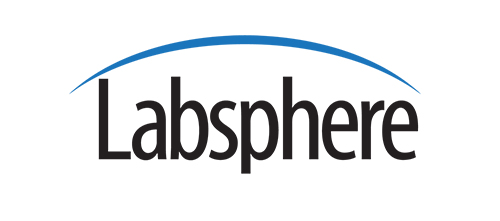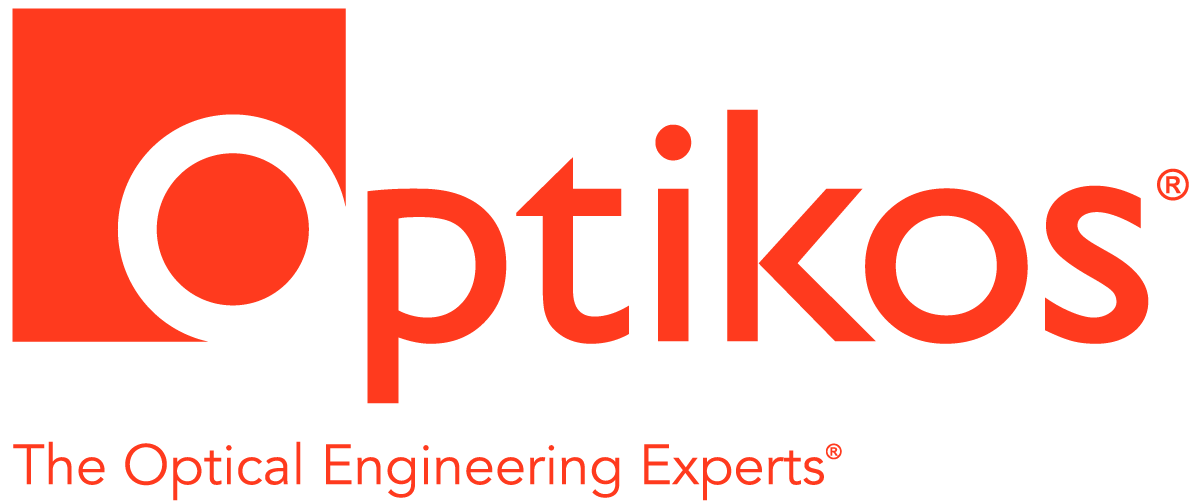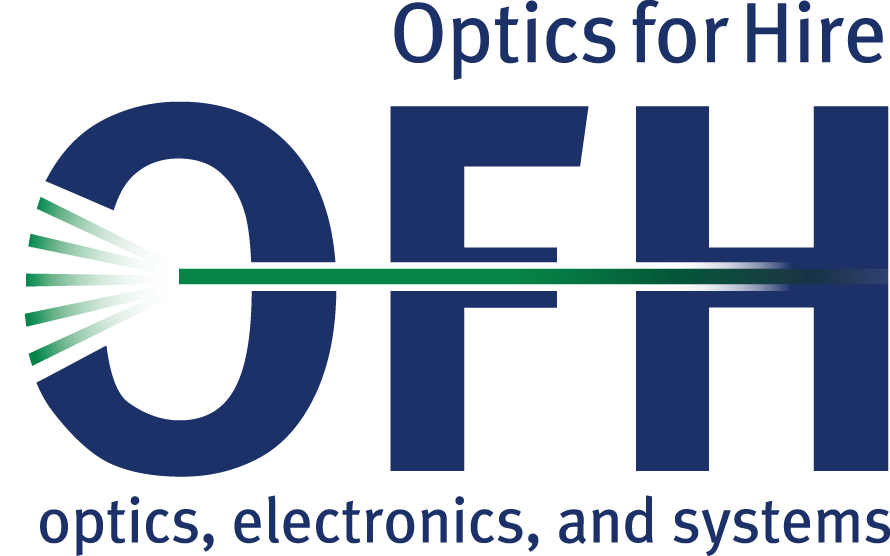Meeting Location has changed to the Doubletree Hotel in Waltham
Can stress be a good thing?
The geometrical beauty and practical applications of stress-engineered optical elements.
The study of stress birefringence goes back to the earliest days of optics, yet squeezing an otherwise uninteresting optical window can provide beautiful and surprising effects. After a brief (and pretty) pictorial overview of stress polarimetry, I will discuss the optics of a symmetrically stressed window, from which one can produce laser beams having polarization vortices, scalar phase vortices, and even more exotic beams. Whether used as pupil filters in microscopy or in polarimetry applications, they also show interesting potential in a wide variety of optical engineering applications.
Tom Brown
Professor Brown began his work in optics and optoelectronics in 1978 as an optical fiber systems designer at GTE Laboratories. While there, he wrote the systems modeling software which was used to design the first live-traffic 1.3 µm optical fiber telephone link. Since that time, he has had consultancies and technical collaboration with companies such as IBM, Corning Inc., ABB Kent-Taylor, Amp, Rockwell, Rochester Gas and Electric, and Emerson Corporation, along with several law firms and many of the Industrial Associates of the Institute of Optics.
His doctoral dissertation, carried out at the Institute of Optics, under the supervision of Professor Dennis Hall, was in the area of silicon-based optoelectronics with particular emphasis on mechanisms for extrinsic light emission in silicon. Since joining the Institute faculty in 1987, Professor Brown has taught on both the Graduate and Undergraduate levels, established the Undergraduate Honors Research Program, and currently oversees an undergraduate program of approximately 80 students. He received a College of Engineering award for excellence in undergraduate teaching in 1994. His professional affiliations have included the Optical Society of America, SPIE, and the Materials Research Society. He has served as referee for numerous professional journals, has served on the Technical Program Committee for the Conference on Lasers and Electro-Optics, Photonics West, Optics and Photonics (the annual meeting of SPIE), Opto-Northeast, and Frontiers in Optics (the annual meeting of the OSA); he is currently on the editorial board for the web-based journal Optics Express. He has authored over 60 publications,10 patents,3 book chapter, was an editor for the four-volume Optics Encyclopedia, and served as co-contributor of articles entitled LightPolarized Light for the 2008 edition of the World Book Encyclopedia.
Professor Brown is a Fellow of the Optical Society of America, is President of the Rochester Local Chapter of the Optical Society of America, and currently serves as the Chair of the Polarization Engineering technical group of the OSA. In 2006, he was invited to spend three months at the University of Sydney as the Denison Distinguished Visiting Professor.
Research
Thomas G. Brown has been on the faculty of the Institute of Optics since July of 1987, has held the rank of full professor since March of 2008, and currently serves as chair of undergraduate studies and director of the Robert E. Hopkins Center for Optical Design and Engineering. While at Rochester, he has conducted research in semiconductors, optoelectronics, optical fiber microstructures, optical polarization, and optical engineering. His early research focused on frequency-stable semiconductor laser design and silicon-based waveguide technology, including the first experimental observation of all-optical switching in a nonlinear Bragg reflector. His publications have twice (1993 and 2000) been cited among the best optics-related research by Optics and Photonics News. Professor Brown's recent research activities have included: 1) Focusing and coherence properties of polarization vortex beams; 2) Optical vortices induced by stress birefringent elements; 3) High Q resonators in SOI waveguides; 4) Modeling and characterization of photonic crystal fibers; 5) Optical properties of quantum amplified isomers for photopolymers. The work on polarization polymers had been applied to semiconductor lithography and inspection, and single molecule imaging [PRL 86, 5251 (2001)].
Reservations:
DINNER reservations are required by 6 PM, March 14, 2010, the Sunday of the meeting. MEETING ONLY reservations are required by noon, March 16, 2010, the Tuesday of the meeting.
Please make reservations online. Reservations may also be left on the answering machine at 617.584.0266. We no longer have an email address for reservations due to SPAM. When making reservation requests, please provide the following information:
- DINNER AND MEETING or meeting only
- Name(s) and membership status
- Daytime phone number where you can be reached (in case of change or cancellation)
Location:

(781) 890-6767 (Map to Doubletree ).
Networking—5:45 PM, Dinner—6:30, Meeting—7:30 PM.
Menu:
Dinner will include --- and coffee, tea, or milk.
Vegetarian option available on request
Dinner Prices:
| Register on/before DINNER Reservation Date |
Late Reservation or at the door |
|
| NES/OSA Members and their guests | $25.00 each | $30.00 |
| Students | $15.00 | $15.00 |
| Non-members | $30.00 (See NOTE Below) | $35.00 |
NOTE: The NES/OSA has not changed dinner prices in several years but has been facing higher costs. We will maintain the current dinner prices for those reserving dinner on the requested date but still try to accommodate late reservations.
General Information on NES/OSA Meetings
Cancellations and No-shows:
If the meeting must be canceled for any reason, we will try to call you at the phone number you leave with your reservation. Official notice of cancellation will be on our answering machine.
We have to pay for the dinners reserved as of the Tuesday before the meeting, so no-shows eat into our cash reserve. If you will not be able to attend, please let us know as early as possible. Otherwise, no-shows will be billed.
Membership Rates:
| Regular members | $15.00 |
| Student members | free |
NOTE: The extra $5.00 of the non-member dinner fee can be used toward membership dues if the nonmember joins and pays dues for the current year at the meeting.



